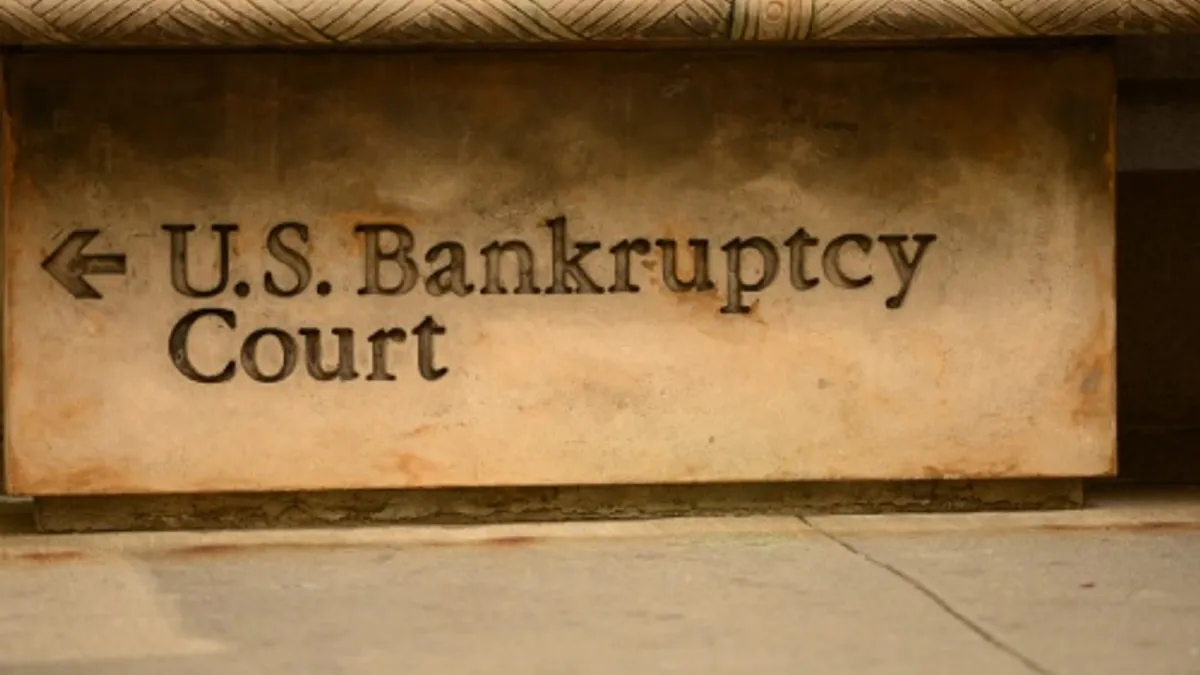In a packed general session at Orlando's Orange County Convention Center Tuesday, Harvard Business School's Kim B. Clark Professor of Business Administration, Clayton Christensen, explained the theory of disruptive innovation and what it means for higher ed.
To paraphrase the best-selling author of eight critically acclaimed books, a disruptive innovation is, in the simplest terms, one that transforms a complicated, expensive product into one that is easier to use and more affordable than the one most readily available. This decentralization, he says, looks to the outliers of the core product's audience — those who may not have previously had the skills or capital — and opens the doors. Meanwhile, the major player doesn't pay attention to this new product because it is effectively offering "worse products with bad margins."
This concept should sound familiar to anyone in higher ed, as it echoes exactly the scenario MOOCs were predicted to bring about. Through that lens, let's take a look at Christensen's three key takeaways.
1. Disruption competes with non-consumption
A disruptive force, like a company providing massive open online courses, is theoretically able to take hold because it offers a product to people who, as mentioned above, aren't otherwise being served by the core business. Christensen explained this using Digital Equipment Corporation, a now-defunct manufacturer of mainframe computers. When the personal computer debuted entered the market in the 1980s with a lower price point for average consumers, DEC didn't shift its market due to the lower profit margins, as well as the idea that the PC was more of a toy — an inferior product, as new entrants in a market are often painted. The company was gone by the '90s.
To be fair, though, higher ed has generally been good about adjusting to disruption. For example, despite the negative attention given to for-profit education, the common model of continuing and online education present at many higher ed institutions was influenced by the University of Phoenix founder John G. Sperling's approach to reaching working adult students on their on time, at their convenience.
Now facing significant enrollment declines and budget crunches, higher ed would be wise to continue embracing and adapting disruptive forces for its own good.
2. Disruption doesn't target the core business
Piggybacking on the first point, disruption doesn't offer what a major player in the space is already offering. In keeping with the MOOC example, companies like Coursera, Udacity, and edX were seen as disruptive because they brought the idea of scaling university-quality courses to a massive global audience for free (or now in Coursera and Udacity's case, a fraction of the price — but we'll get to that shortly). They weren't trying to be institutions in and of themselves, but they did outsource human capital (professors) from institutions to deliver their product. Regardless of users' success, the MOOC providers weren't selling people on an institution and its perception so much as they were "selling" them easier access to desired knowledge and skills.
Christensen described this with Elon Musk's Tesla cars, which he says won't ultimately be the disruptive force in the automobile industry because the company is selling $100,000 cars to the people who can afford them. They are luxury vehicles. He sees the gas-powered automobile market's disruption gradually progressing as the tech powering electric vehicles improves, starting from smaller electric carts and shuttles before moving to cars the average consumer can afford.
In that sense, it's easy to draw parellels with Udacity's evolution to a provider of "nanodegrees," as its MOOC product's delivery gradually evolved into low-cost skillset certifications for high-demand tech jobs.
3. Disruption demands modularity
When disruption occurs, Christensen said, where money is made in the future is not the same place as it was in the past. For a major company or organization to survive disruption, it must have modularity — the ability to rearrange itself and use its various pieces as needed. Christensen cited a former student from Norway who returned to teach at a university in that country. When he had to return the U.S. at one point, he continued teaching that course using an iPad attached to a robot that he could control remotely, letting students see him and letting him see their work, highlighting the disruptive ability students now have to learn from anything they desire from anyone anywhere.
Already in higher ed, the concept of the "multiversity" being championed by Stanford StartX company EdCast proposes allowing students to mix and match what curriculum, teachers, and resources they want from several institutions. For what its worth, EdCast gained 300 new partners this week when it joined forces with the Open Education Consortium.
Going back to Udacity and nanodegrees, this could be as simple for colleges and universities as offering shorter, more flexible programs to students wanting certification for specific skillsets instead of entire degrees. Full degrees will still have a market, as many companies value the additional critical thinking and creative skills that come with the liberal arts, and prestigious universities like Harvard will be in demand for the foreseeable future. But institutions must adjust to the students who want a figurative buffet of education options, as well.
Of course, a number of colleges and universities are already working toward modular programming: 2U, for example, has helped expand a number of schools' online degree offerings to include master's degrees in fields like teaching and business administration. These programs are aimed particularly at working adults who may not want to pack up and relocate to another state to go back to school.
The forces disrupting higher ed aren't likely to slow down and go away anytime soon, but, as Christensen's presentation made clear, colleges and universities should take note of the fates of companies like DEC and adapt to the future if they wish to survive.
Would you like to see more education news like this in your inbox on a daily basis? Subscribe to our Education Dive email newsletter! You may also want to read Education Dive's daily Educause wrap-ups for Tuesday and Wednesday.





















